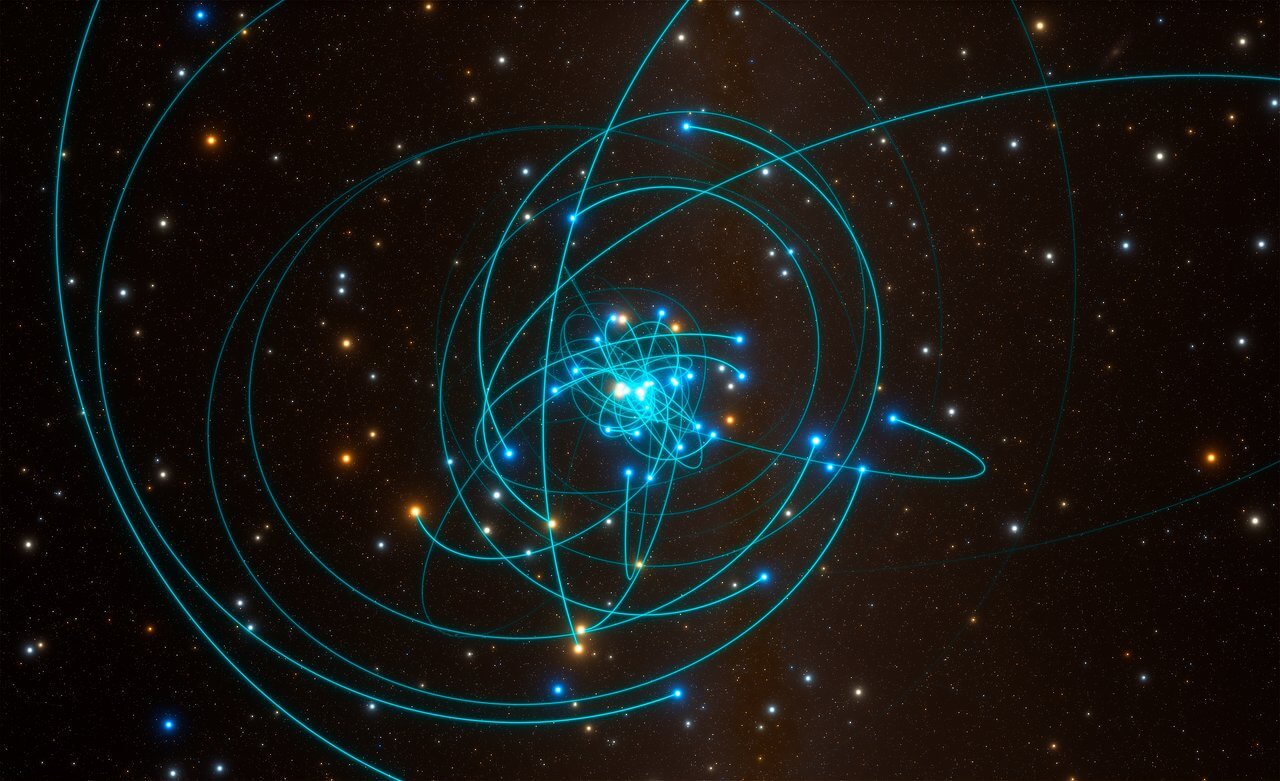A torn star helped to measure the speed of black hole rotation. Based on the data on the absorption of the star by a supermassive black hole, the researchers measured the speed of black hole rotation, which turned out to be about half the speed of light. The results, are the first example of using a tidal disruption event to estimate the parameters of a black hole’s rotation.
In 2014, astronomers discovered a rare sight in the night sky: a supermassive black hole in the center of a galaxy 300 million light-years from Earth tore a star apart. The tidal disruption event, designated ASASSN-14li, caused a surge in X-ray activity near its center. Since then, many observatories have turned their instruments to this galaxy in the hope of finding out more about how black holes feed.
Using computer code to detect periodic patterns in astrophysical data, previously developed by team members, the researchers found in the archives of several telescopes (XMM-Newton, Chandra and Swift) an unusually intense, stable X-ray signal with a periodicity of 131 seconds, lasting 450 days they found that it comes from a region very close to the horizon of a black hole event – the point of no return, beyond which the material is inevitably swallowed by a monster.
It is believed that everything that produces periodic X-ray flashes should rotate around a black hole right at the event horizon, near the innermost stable circular orbit (ISCO), in which a particle can safely move. Thus, the interval of incoming signals reveals key information about the size of ISCO, which in turn is determined by the speed of rotation of the black hole. Taking into account the proximity of the flashes to the black hole and its mass of 1 million solar, the team calculated that the gravitational monster rotates at a speed of about 150 thousand kilometers per second.
It is known that most supermassive black holes are inactive. Only rarely do they show X-ray activity, for example, when stars come close enough for black holes to absorb them. The ASASSN-14li study for the first time showed that such tidal disruption events can be used to determine an incredibly complex characteristic: the rotational speeds of inactive supermassive black holes.
Although this is not such a high speed, since it is believed that black holes can rotate at a speed of 99% of the speed of light, but this is the first case of obtaining data on the speed of their rotation using the tidal destruction event. Ultimately, the new method can help us understand how galaxies evolved throughout the history of the universe.
-Dirai Pasham, lead author of the study from the Institute of Astrophysics and Space Research. Mv Kavli (United States)
In the future, the team hopes to identify similar stable patterns in other cases of the destruction of stars by black holes that are farther from Earth in space and time.
In the next decade, we hope to discover more such events. Evaluating the rotation of several black holes from the beginning of time to the present day is useful in terms of determining the possible relationship between this parameter and their age.
-Dirai Pasham shared his plans
How fast a black hole rotates?
Click To Tweet
The post How fast a black hole rotates? appeared first on Upcosmos.com.
